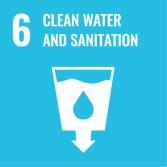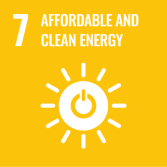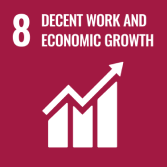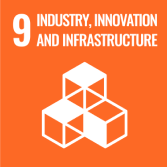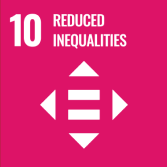Using livestock residues as alternative fertilizers is a sustainable practice which recycles nutrients that would otherwise be lost. However, organic fertilizers may have a large impact on N
2O emissions, offsetting the beneficial effects of C sequestration. After four years from biochar
[...] Read more.
Using livestock residues as alternative fertilizers is a sustainable practice which recycles nutrients that would otherwise be lost. However, organic fertilizers may have a large impact on N
2O emissions, offsetting the beneficial effects of C sequestration. After four years from biochar application, greenhouse gas fluxes were monitored for two years from a Maize field fertilized with digestate, slurry, or urea, with and without biochar. The objectives of the present study were to assess (i) the climate feedback of using residues from the livestock chain as alternative fertilizers and (ii) the contribution of biochar in mitigating GHGs emissions, while increasing the organic C in soil. Digestate was shown to have the highest impact on CO
2 and N
2O emissions from soil, with respect to mineral fertilization (+29 and +142%), more than slurry (+21 and −5%), whereas both residues positively affected CH
4 uptake (+5 and +14%, respectively). The maximum N
2O peaks occurred between 7–20 days after fertilization, accounting for 61% of total emissions, on average. Biochar was effective in reducing N
2O emissions derived from mineral fertilization and digestate (−54% and −17%, respectively). An excess of labile organic matter and N induced the highest CO
2 emissions and N
2O peaks, independent of—or even triggered by—biochar. Mitigation of GHG emissions, from soils fertilized with livestock chain residue, can be obtained using biochar, but with limitations dependent on (i) the quantity of organic matter added, (ii) its quality, and (iii) the time from application: those aspects that deserve further investigations.
Full article





